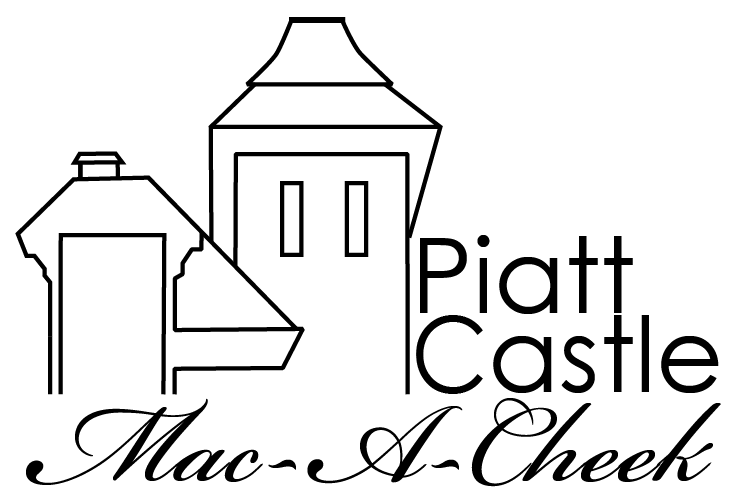What’s in a name?
Mac-A-Chak
Mac-O-Chee
Mac-A-Cheek
The words Mac-A-Cheek and Mac-O-Chee are derived from the name of the Mekoche, a division of the Shawnee People, and one of their Ohio villages established in the late 18th century. The village has received several different English spellings including Mackachack and Mequachake. It and Moluntha’s Town were established on land purchased after 1817 by Benjamin Piatt for a farm his family named, Mac-O-Cheek. The history of those and other Shawnee villages have been depicted on several historical makers sponsored by the The Eastern Tribe of Oklahoma and the Ohio Historical Society.
Benjamin and Elizabeth Piatt’s youngest sons, Donn and Abram, who were raised on the Mac-O-Cheek farm incorporated variations of that name into their personal lives. In 1848, Donn and Louise Piatt named their son, Charles Mac-O-Chee Piatt. Later, after the deaths of Louise and Charles, Donn and and his second wife, Ella Piatt gave the name to their home. Meanwhile, in 1871, Abram named his home, Mac-A-Cheek. Eight years later, his son and daughter-in-law named their youngest son, John Mac-A-Cheek Piatt. That branch of the Piatt family established a tradition by giving Mac-A-Cheek as a middle name to the oldest child in the next three generations.
An historical maker sponsored by the Logan County Historical Society stands near the entrance of Mac-A-Cheek Castle and describes the destruction of the villages. A version of the battle including the murder of Moluntha was written by eyewitness William Lytle, who as a sixteen year old was part of the raid. His account, “Logan’s expedition against the mac-o-chee towns,” was published in Historical Collections of Ohio: An encyclopedia of the state, Volume 2, by Henry Howe in 1898.
Many legends of the battle have been told including two literary versions written by Abram Piatt and Louise Kirby Piatt. Although these sources are used in workshops at Piatt Castles about myths and legends, the museum is dedicated to telling the story of Shawnee People as history, not as legend. For this reason we have sought advice for over twenty years from the Ohio Native American Association Church of the South Wind and more recently from the Eastern Shawnee Tribe of Oklahoma.




